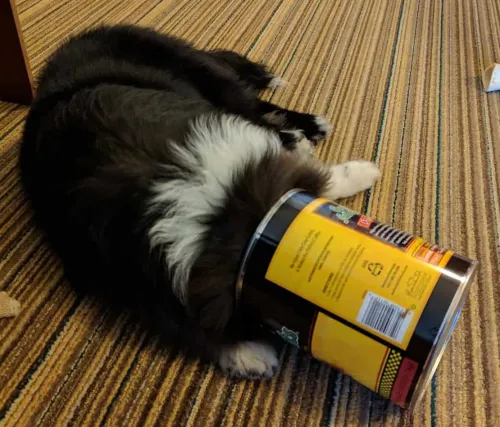"It's easy" is not an instruction. At best it's an assurance and at worst it's a dismissal to get a knowledge seeker off your back. Working in and around photography, programming, and music I hear the phrase often.
Q: "How do I fix this bug with the Wordpress template?"
A: "It's easy".
Q: "Oh cool, thanks."
Enlightening.

If you are saying this to get others off of your back, please stop. Stick to sending them a "Let me google that for you" link, they'll love it.
For the rest of you, if you are attempting to give real instructions, I understand the urge to reassure the person you are teaching. It is by no means bad to do so, but there may be better ways to approach the situation. We worry that the instructions we're giving are too difficult to follow, and we want impart that they will be able to learn the information soon. "Don't worry," "it's not too bad," and, of course, "it's easy," are often added before or after instructions, usually in response to the bewilderment or panic of the listener. In our rush to reassure our comrades, we remove the ability to get real feedback on whether we are helping them. Instead of giving them a chance to ask questions, they're now worried that they will look stupid in asking at all.

In my own personal experience (read: this is an anecdote, take with a grain of salt), whenever instructions clearly convey a task, the person receiving instructions will look relieved and say something like "great," "that sounds easy," or "no problem." When someone is confident in a task, they have an opportunity to demonstrate their competence. You don't have to worry about telling someone a task is easy, they'll tell you.

Take this as an opportunity to improve your instruction giving. Instead of giving the directions once and hoping for the best, restate the directions as you go if they look confused. Find a different way to tell them how to achieve the goal. You'll have to read the room, adjust your instructions, and if you're giving advice on how to do something on a computer, prepare yourself for a teaching moment that will be a pain in the ass.
Rather than jumping right into the directions, ask yourself if your directions make sense. If you run them through quickly to yourself, you may find a couple leaps in logic or assumptions you've made. You can tell someone to use F6 to get to the URL bar (it's a cool shortcut, try it), but if you fail to tell them they need to be in a browser, it's no longer easy.
Next think about whether they have all the requisite knowledge to do a task. It may be easy to tell some to finger a triad on the piano as first, third, and fifth finger, but it isn't easy if they don't know what that means (on the right hand: thumb, middle finger, and pinky finger respectively).
Lastly, run through the instructions and make sure you didn't leave anything out. If you did, you'll probably have to go back to the beginning, or at least a good checkpoint.
It's certainly not foolproof, but thinking about more ways to present knowledge makes it more likely to be understood. With a short amount of practice, you can stop telling other people what's easy for them. They'll appreciate not being made to feel foolish for asking, and you'll appreciate not having to clean up a resulting mess from bad instructions.


Comments